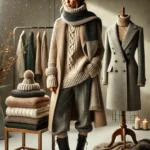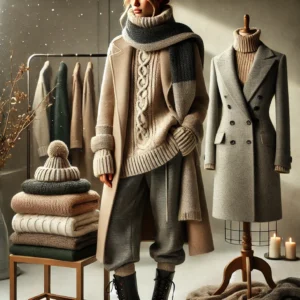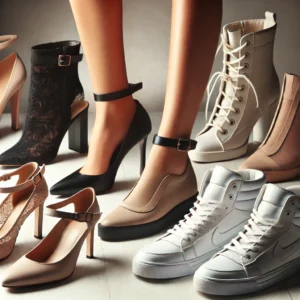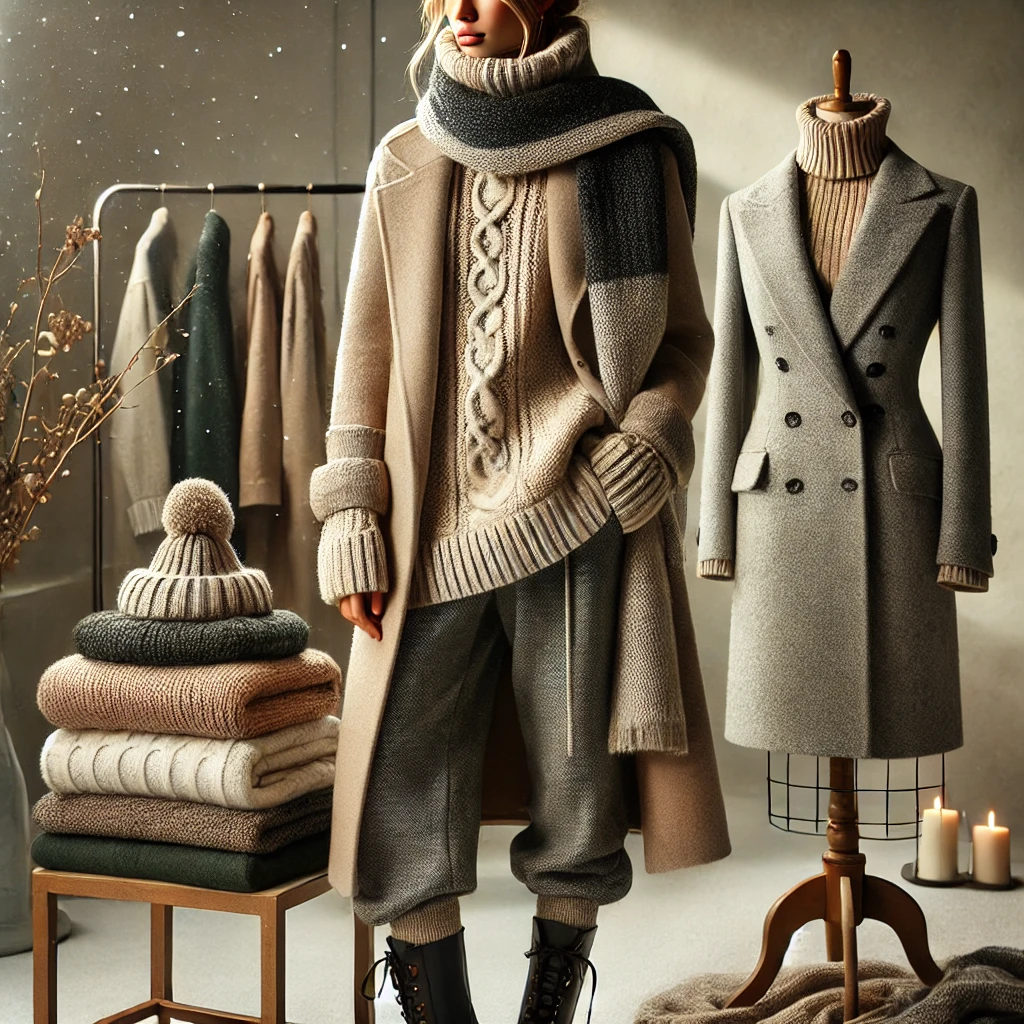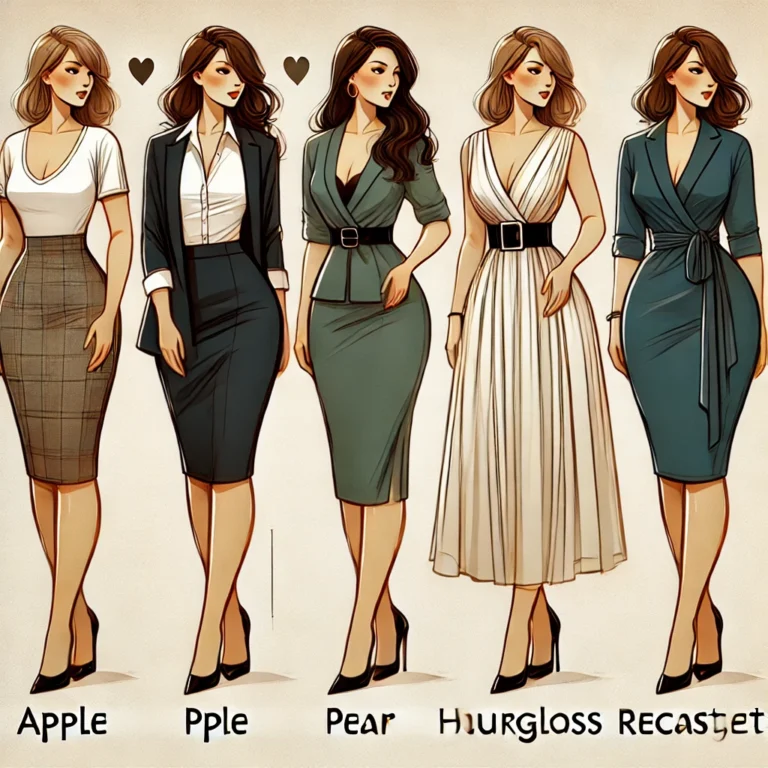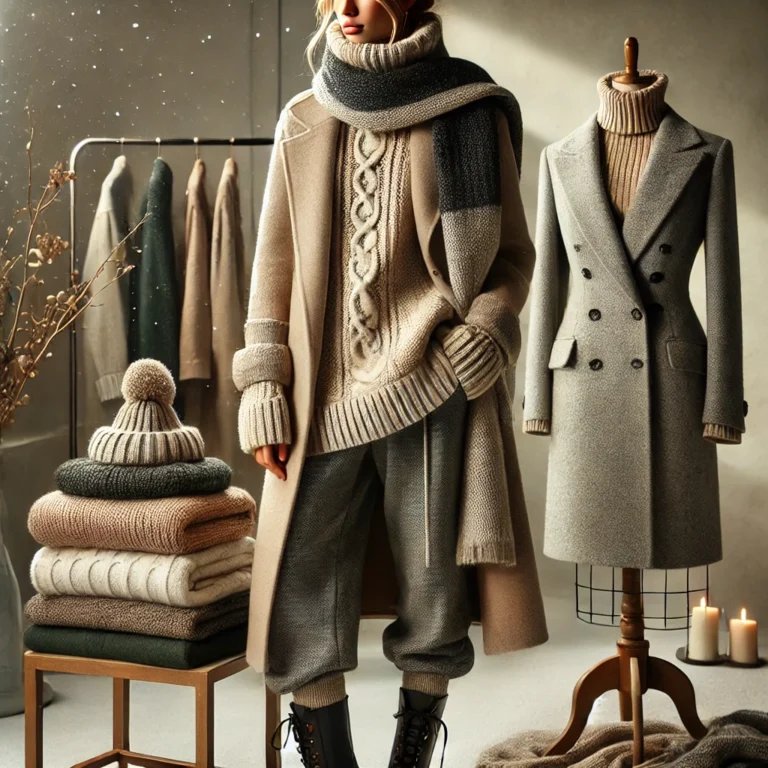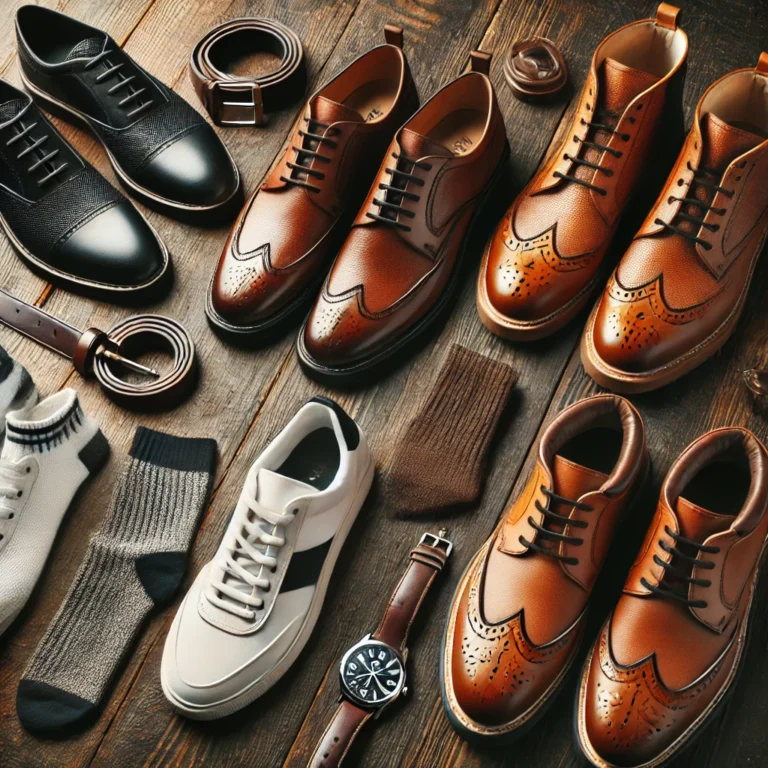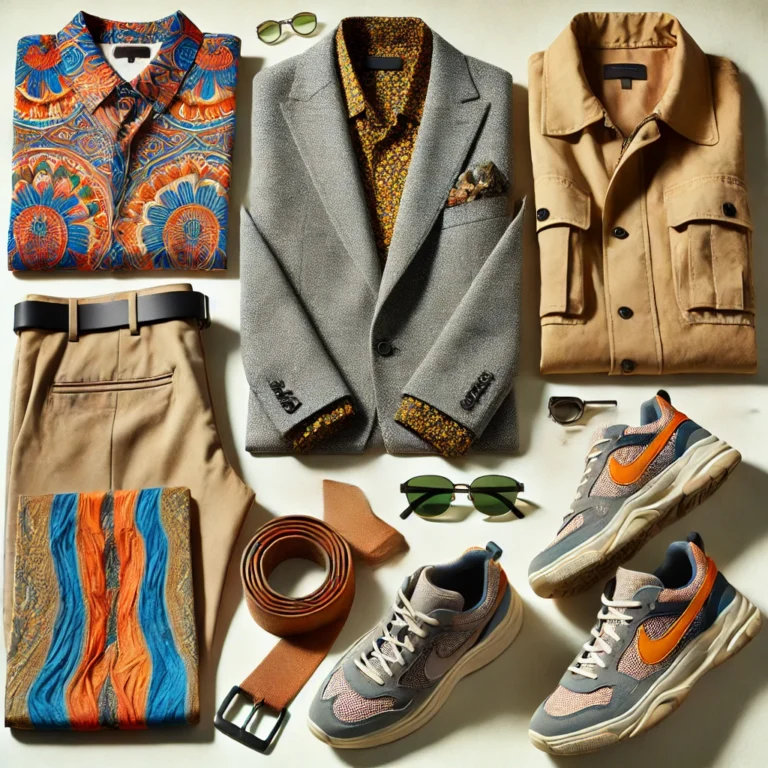Introduction: The Need for Layering in Winter Wears
In winter, art lies in layering; it will not only provide the wearer with the much-needed warmth but will also add the essence of style in his or her wardrobe. While it is primarily a practical activity, layering allows one to display creativity and personality even in winter. The key to layering is being warm, comfortable, and looking great without making it too hot on the wearer. Understanding how to layer correctly allows women to feel comfortable during fluctuating temperatures while still looking great. Layering serves not only the purpose of keeping cold away, but it also offers the possibility of dressing in versatile ways that help adapt to the flux of weather outside, which gives the opportunity to express individuality through dressing.
Selecting the Right Layering Fabrics
Choosing the right fabric is an art in mastering layering. The wrong material will keep you either too hot or too cold, due to its lack of breathability.
Insulating Fabrics for Warmth
The most important aspect in winter is insulation, and good fabrics for that purpose are wool, fleece, and down. Wool acts as a natural insulator and has the breathability and moisture-wicking properties required for both base and mid-layers. Fleece is soft and lightweight, yet highly insulating, making it a great choice for mid-layers. Down, the classic outerwear material, traps air within its fibers without adding bulk for warmth.
Breathable Materials for Comfort
Whilst keeping warm is an important necessity, it is also essential that your layers allow your body to breathe. This is made possible through materials such as merino wool, cotton blends, and moisture wicking synthetics. These breathe, drawing excess heat and moisture away from the skin, avoiding possible discomforts. Breathable fabrics achieve this regulation of the body temperature, so no one gets too hot, but yet enables airflow, perfect in active or transitional points outdoors.
Water-Repellent and Windproof Fabrics
Winter days are often characterized by a corresponding rainfall or snowfall. So, the chosen fabrics should have rain or snow protection. For the outerwear, there’s no better choice than water-resistant fabrics, such as treated nylon, polyester, and Gore-Tex. Windproof layering also plays a significant role in blocking strong winds from penetrating your clothing. Together, these serve to create the absolute outer layer to keep you dry, warm, and comfortable.
Layering Mastery
Mastering layering is about both practicality and style dynamics. It’s about finding that perfect balance between warmth, comfort, and appearance.
Layering for Function: Warmth and Flexibility
Layering is not just about stacking clothes; it’s about building a flexible system that responds to changes in temperature. Layering lets you adjust your clothing throughout the day, adding or removing pieces as needed. For example, a lightweight down vest can be worn under a thicker wool coat for extra warmth, or simply removed when entering a heated space. The point is to choose layers that can work individually or together to adapt to shifting weather conditions.
Layering for Style: Creating a Cohesive Look
Layering isn’t just functional; it’s a chance to craft an aesthetically pleasing outfit. Image Coordinating colors and textures with proportions can really help create a chic winter look. Layering allows pairing a long wool coat over a fitted sweater and oversized scarf with sleek boots for a look that is both fashionable and functional. Try mixing patterns, such as wearing a plaid scarf or striped sweaters, while remaining warm at the same time. Layering is an art of creating a harmonious union between each product while still maintaining each one’s personality.
Balancing layers: neither too bulky nor too tight
The aim of layering is to incorporate warmth without feeling weighed down or burdened under a pile of fabric. Very bulky layers cause one to be restricted or become uncomfortable. As such, be sure to make use of layers that guarantee freedom of movement while providing thermal insulation. For comfort, ensure a slim-fitting base layer along with mid-layer that maintains its original shape. And outer layers do not have bulky silhouettes, so you will appear oversized.
Accessorizing Your Winter Layers
Accessories are the finishing touches that take a layered look from functional to fashionable.
Scarves, Hats, and Gloves: Functional Elegance
There is no winter outfit without the right accessories. Scarves, hats, and gloves are not only practical but also fashionable. A chunky knit scarf adds texture and warmth while drawing attention to the neckline. A beret or fedora adds a sophisticated touch to any outfit, and leather gloves give a refined edge to outerwear. Do not be afraid to mix colors and textures, such as bold scarves or brightly colored gloves, which can add a pop of color to a more neutral layered ensemble.
Footwear for Layered Winter Outfits
The right pair of shoes or boots can take that winter layering look into a whole new level while keeping your feet warm and dry. Boots are the favorite wintertime shoe, and the options range from sleek ankle boots to insulated knee-high designs. For a more rugged look, combat boots or shearling-lined boots offer both durability and style. Pair these with tights, skinny jeans, or thick leggings for a balanced layered look that exudes confidence and warmth.
Bags and Other Accessories to Complete the Look
The final touch for a layered look is bags. Leather handbags, crossbody bags, or sleek totes will complement outerwear while still providing functionality. A simple yet chic bag will add polish and finish to a layered outfit, allowing you to move from a winter wonderland to an indoor event without missing a step.


